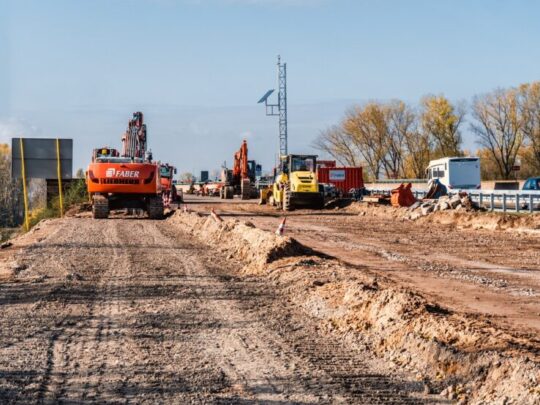In the fast-paced world of equipment rental businesses, time is money. Every moment spent inefficiently or wasted can directly impact profits and customer satisfaction. To stay competitive and ensure success, it’s crucial for equipment rental businesses to maximize their use of time. One powerful tool that can assist in achieving this goal is a Dealer Management System (DMS). In this article, we will explore innovative methods to help your team optimize time management using a DMS, resulting in improved profitability for your equipment rental business.
- Rental Management: A DMS acts as a centralized hub that integrates various functions of an equipment rental business, including inventory management, customer relationship management, billing, and more. By utilizing a DMS, you can streamline and automate rental processes, reducing manual efforts and minimizing errors. From tracking equipment availability to generating invoices, a DMS empowers your team to handle tasks swiftly and accurately, freeing up valuable time to focus on revenue-generating activities.
- Real-time Inventory Visibility: One of the greatest time sinks in an equipment rental business is searching for rental equipment and managing inventory. A DMS offers real-time inventory visibility, enabling your team to quickly identify the availability, location, and condition of equipment. With instant access to this information, your team can rapidly respond to customer inquiries, reduce unnecessary downtime, and ensure efficient allocation of resources.
- Automated Maintenance and Service Tracking: Maintaining equipment in peak condition is essential for maximizing uptime and customer satisfaction. A DMS can automate maintenance and service tracking, providing alerts and reminders for routine inspections, repairs, and preventive maintenance tasks. By proactively managing equipment maintenance, your team can prevent costly breakdowns, optimize equipment utilization, and minimize unproductive hours.
- Seamless Communication and Collaboration: Effective communication and collaboration are vital for maximizing time efficiency. An equipment DMS facilitates seamless interaction among team members, departments, and even external stakeholders. Through integrated messaging systems, shared calendars, and task management features, your team can stay connected, align their efforts, and respond swiftly to customer requests. Eliminating communication bottlenecks saves valuable time and ensures a smoother workflow.
- Comprehensive Reporting and Analytics: To make informed decisions and identify areas for improvement, your team needs accurate and up-to-date data. A DMS offers comprehensive reporting and analytics capabilities, providing valuable insights into rental patterns, equipment utilization, customer behavior, and more. By analyzing these metrics, you can identify opportunities to optimize workflows, adjust pricing strategies, and make data-driven decisions to improve profitability.
- Mobile Accessibility: In a dynamic industry like equipment rental, the ability to access information and manage operations on the go is invaluable. A modern DMS often includes mobile applications or responsive interfaces, enabling your team to access critical data from anywhere, at any time. Whether it’s checking equipment availability, approving rental requests, or capturing digital signatures, mobile accessibility empowers your team to be productive and responsive while on the move.
Maximizing the use of time is paramount for equipment rental businesses to drive profitability and customer satisfaction. By leveraging the power of a Dealer Management System, your team can streamline processes, gain real-time insights, automate maintenance, enhance collaboration, and make data-driven decisions. Embracing these time optimization strategies will unlock the full potential of your equipment rental business, allowing you to stay ahead in the competitive landscape and achieve sustainable growth.

